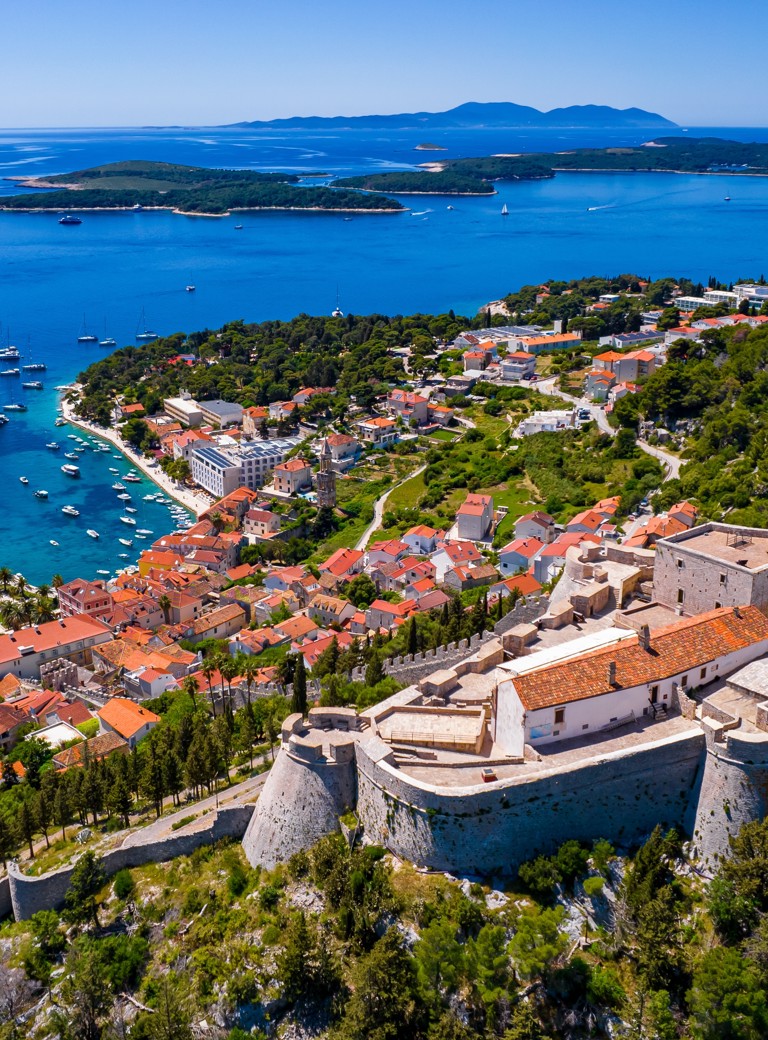
Island of Hvar
The sunniest island in Croatia
Hvar has long been known as one of the best "party islands" in the world, but as you move away from the clubs, restaurants, and party spots, you'll find the island's hillsides covered in pine forests, with vineyards, olive groves, fruit orchards next to secluded coves.
Yes, it might be on the luxury side of things, but there is still a lot of authentic Mediterranean lifestyle to enjoy, superb wines to try, and a stunning history behind it all.
In ancient history, Hvar was a Greek colony known as Pharos, which later came under Venetian rule. The island is a beacon of culture, with one of the oldest theatres in the world.
Whether you seek vibrant nightlife, yachting luxury, or an authentic Mediterranean experience, Hvar delivers in style. Couples, families, and friends alike will find plenty to love.
Explore Hvar
Split-Dalmatian County
Dalmatia is worth it
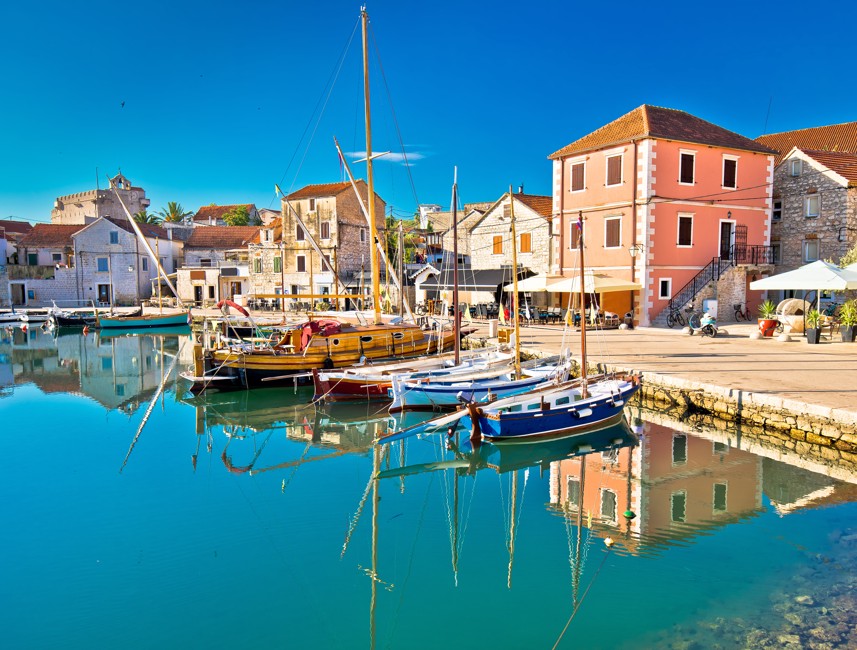
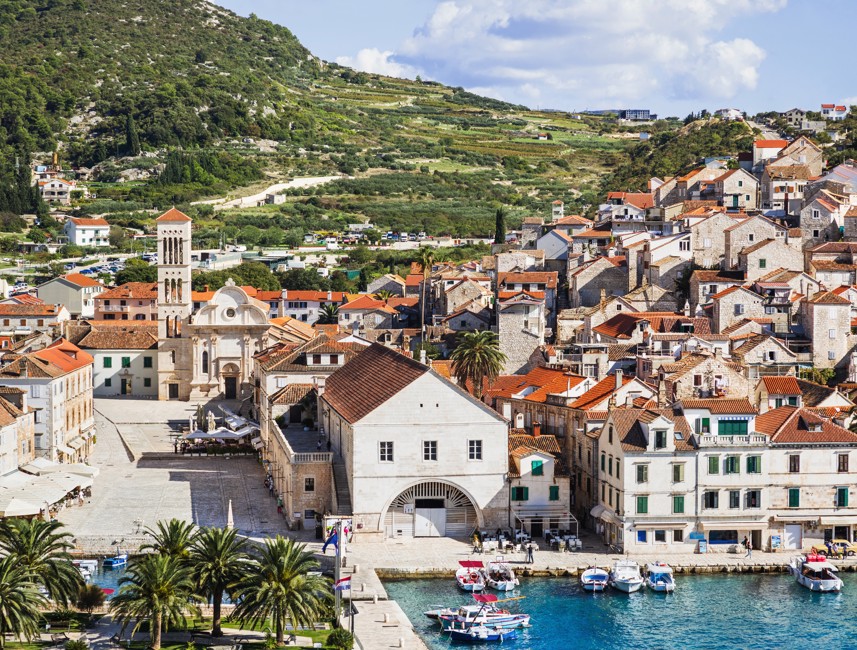
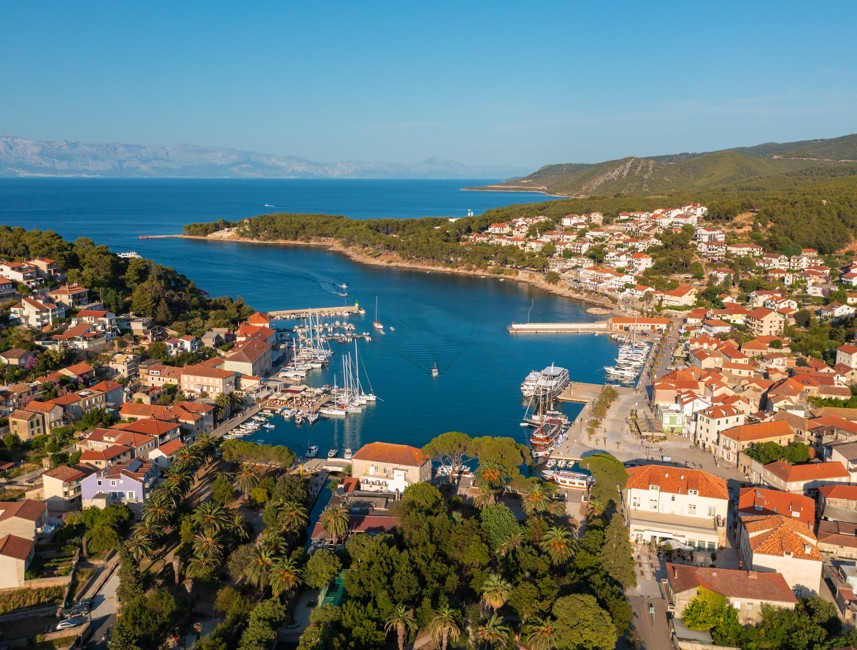
Split-Dalmatian County, or just Dalmatia is a treasure trove of coastal beauty, historic towns, and idyllic islands. From the ancient ruins of Split to the pristine shores of Hvar, this region captivates visitors with its mix of culture, gastronomy, and nature.
Perfect for history buffs, foodies, and adventurers, Dalmatia leaves a lasting impression.
History
A timeless blend of history and tradition
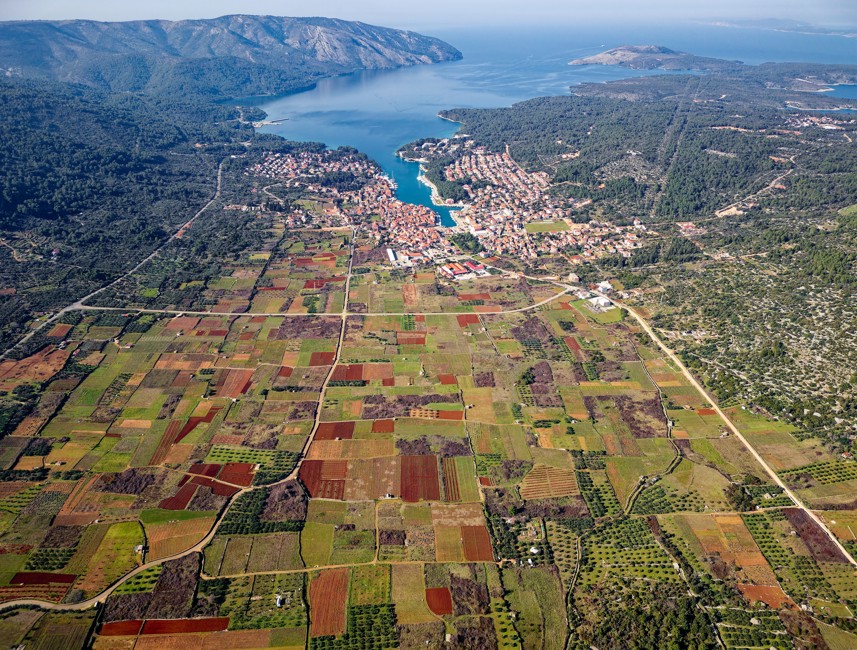
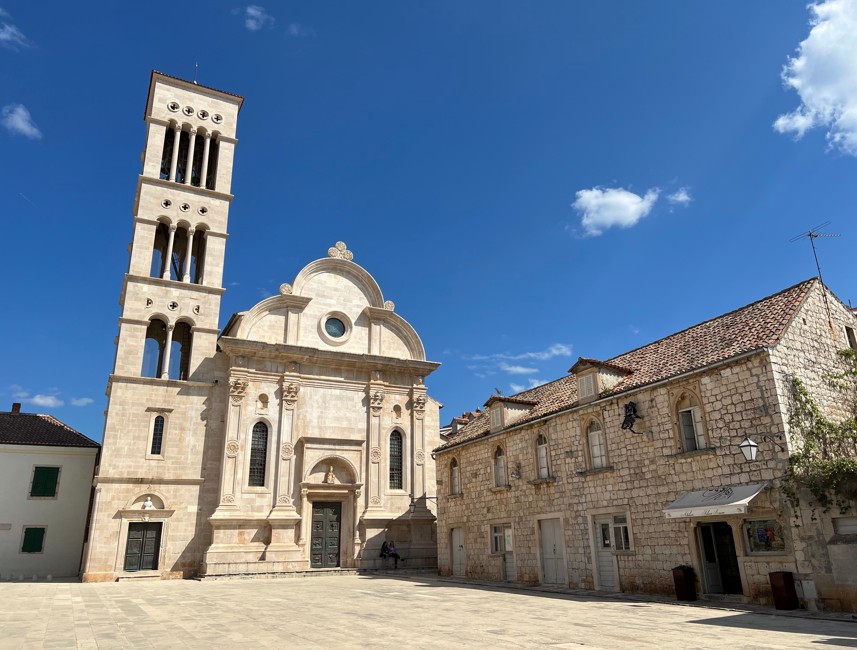
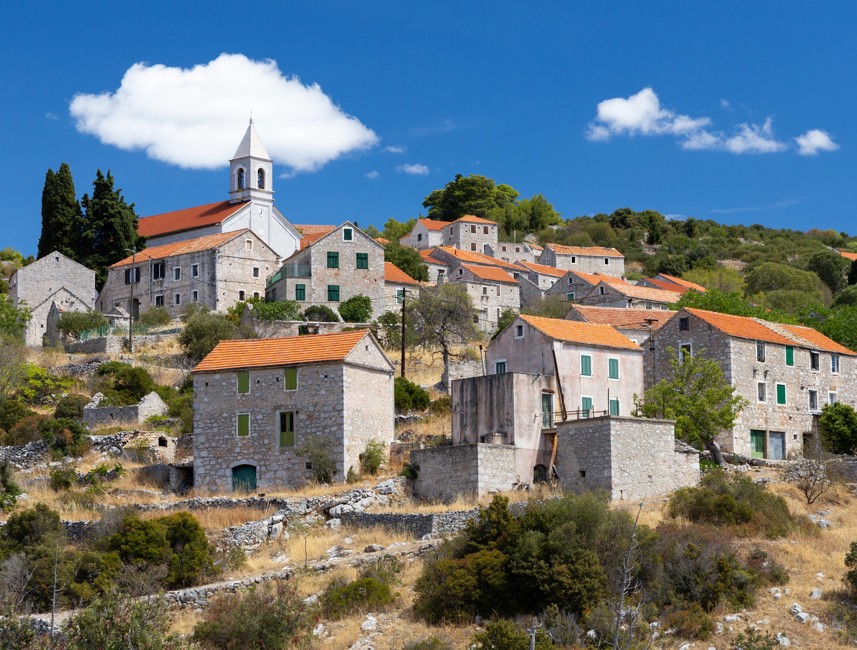
Hvar’s history dates back to ancient times when it was first settled by the Illyrians and later colonized by the Greeks. Its strategic location made it an important hub for trade and culture during the Venetian period. Today, the island’s heritage is present in medieval fortresses, cobblestone streets, and Renaissance-era buildings.
Gastronomy
Taste the rich
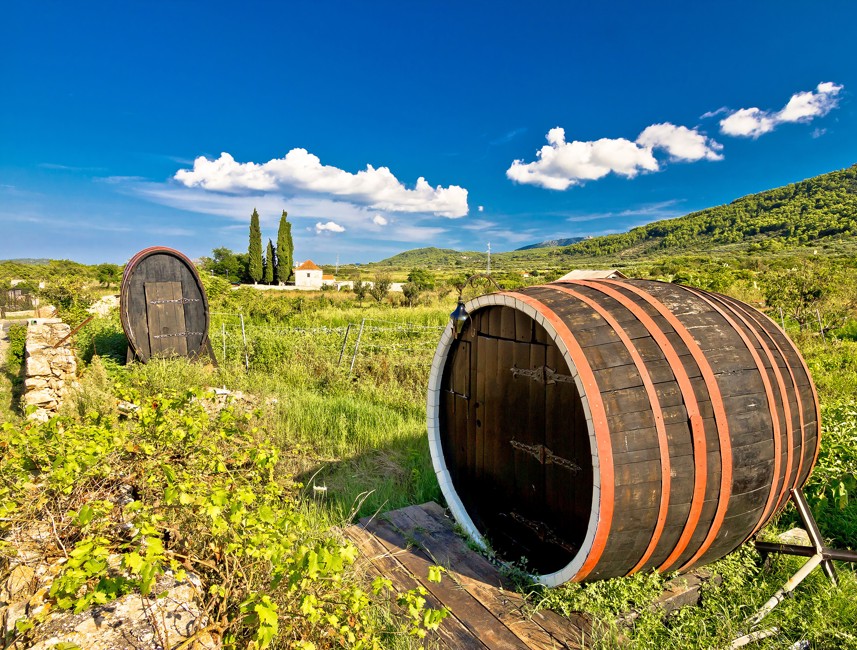
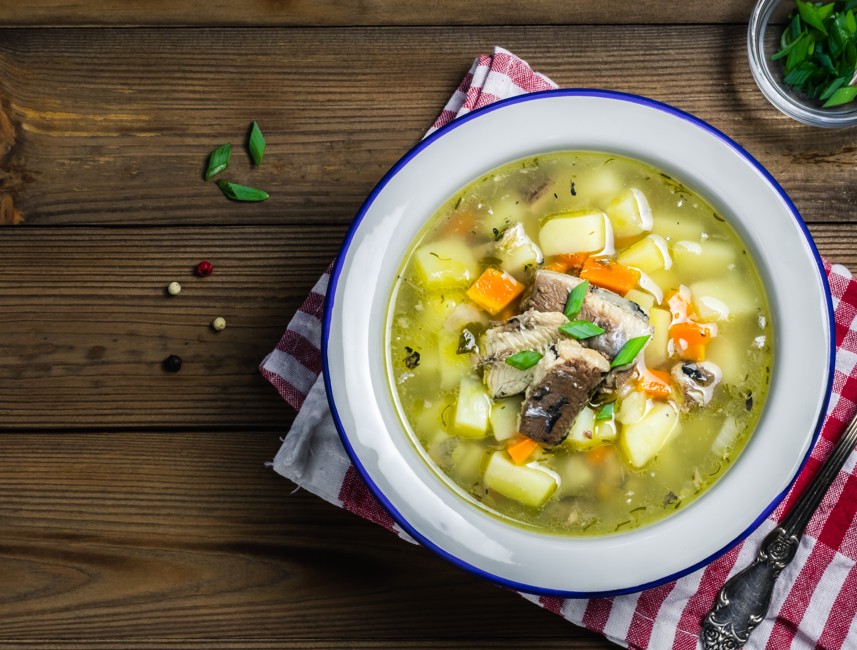
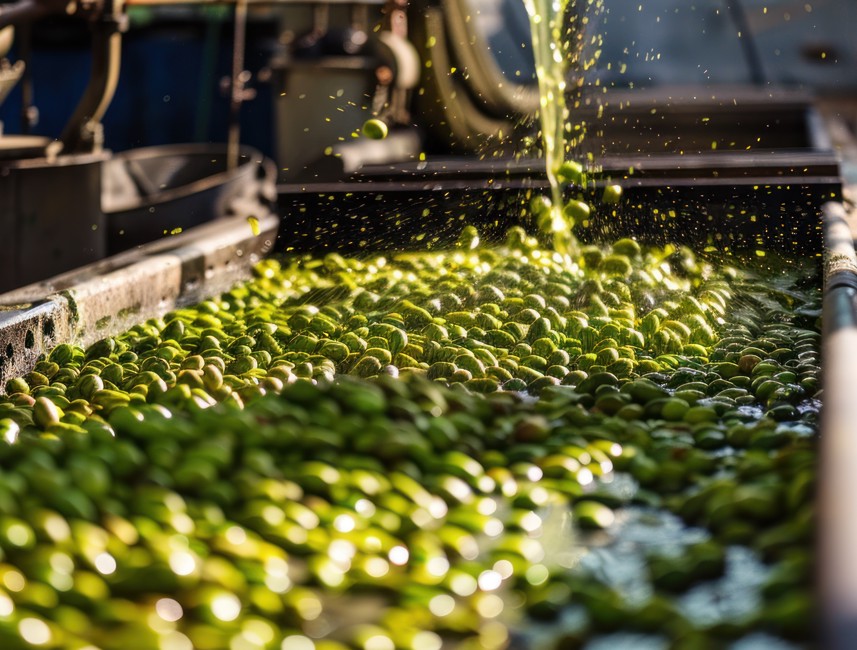
Hvar is a culinary paradise, offering a mix of traditional Dalmatian and modern Mediterranean cuisine. Local ingredients, like fresh seafood, aromatic herbs, and award-winning wines, take center stage. Gregada, a simple fishermen stew has become the island’s signature dish. Pair it with white wine from the southern hills of Hvar.
Culture
From ancients Greeks to dance music festivals

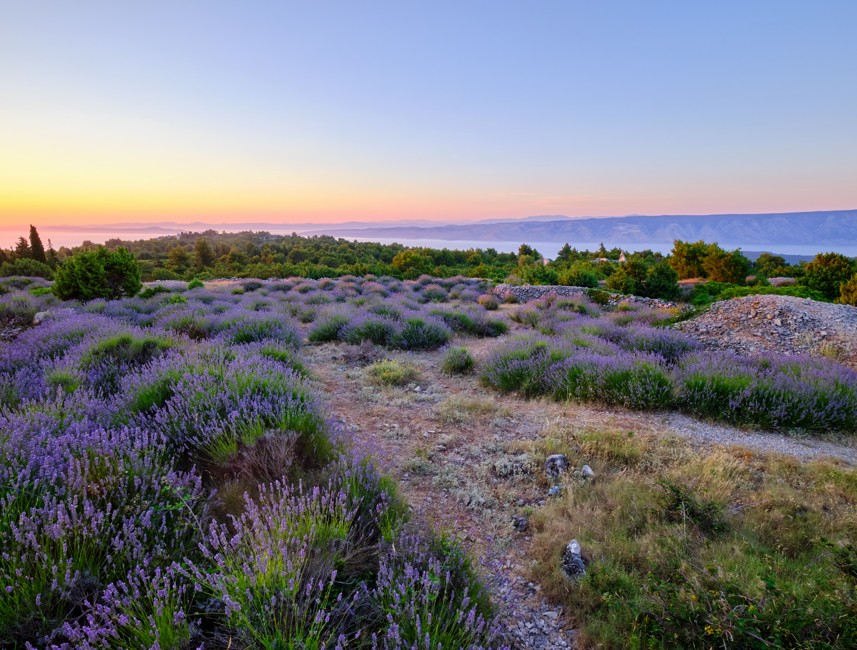
Hvar has a long history of culture, starting with ancient Greeks who brought grapevines to the island. Next, Venetians built most of the still visible renaissance architecture and gave us some of the earliest Croatian poetry and drama. Tourism came to the island as early as17th century, with the Habsburg rule. The natural beauty paired with a lot of effort in putting together festivals and contemporary art exhibitions made the island attractive year-round. Enjoy local crafts, music, and theatre, and immerse yourself in the lively atmosphere of the island.
Beaches
Beach lovers paradise
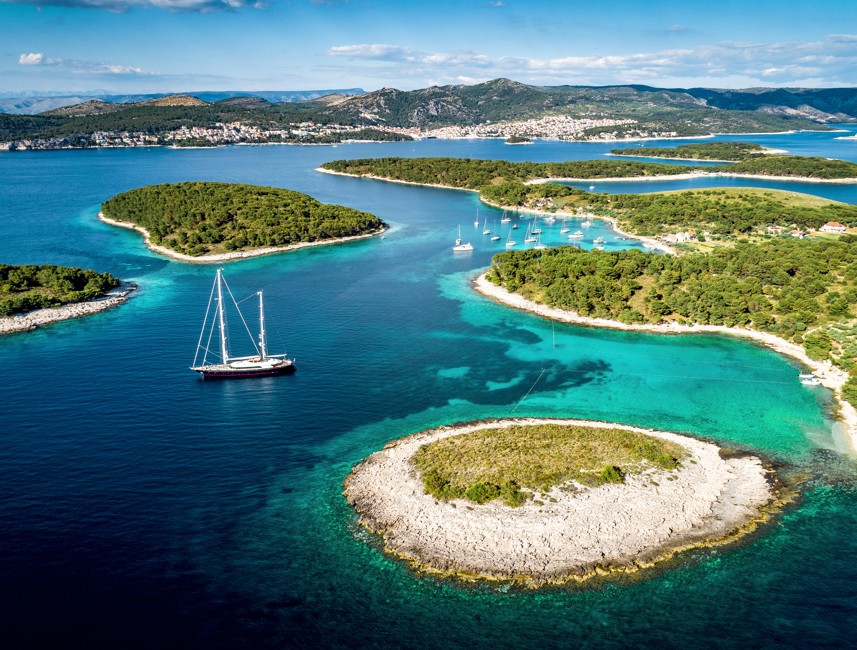
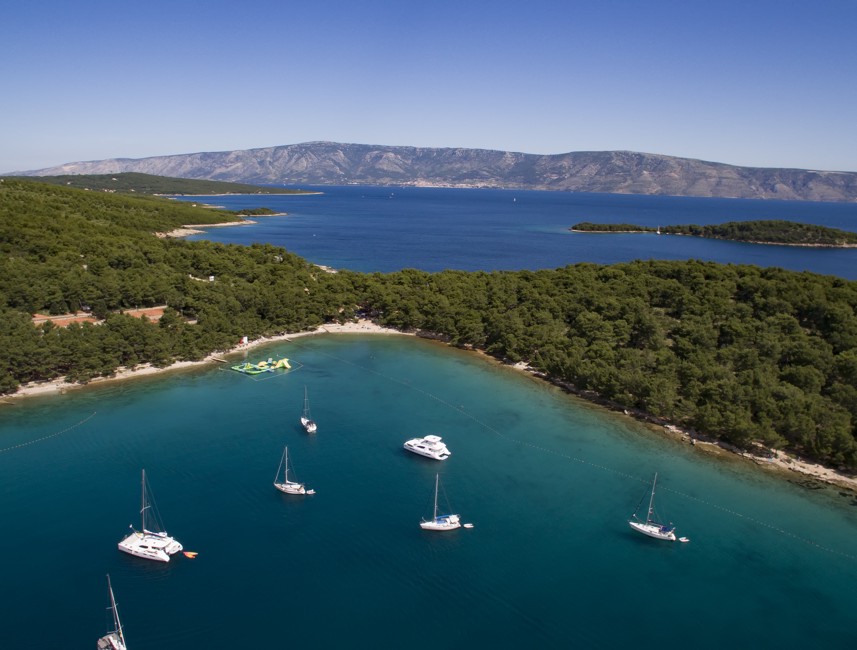
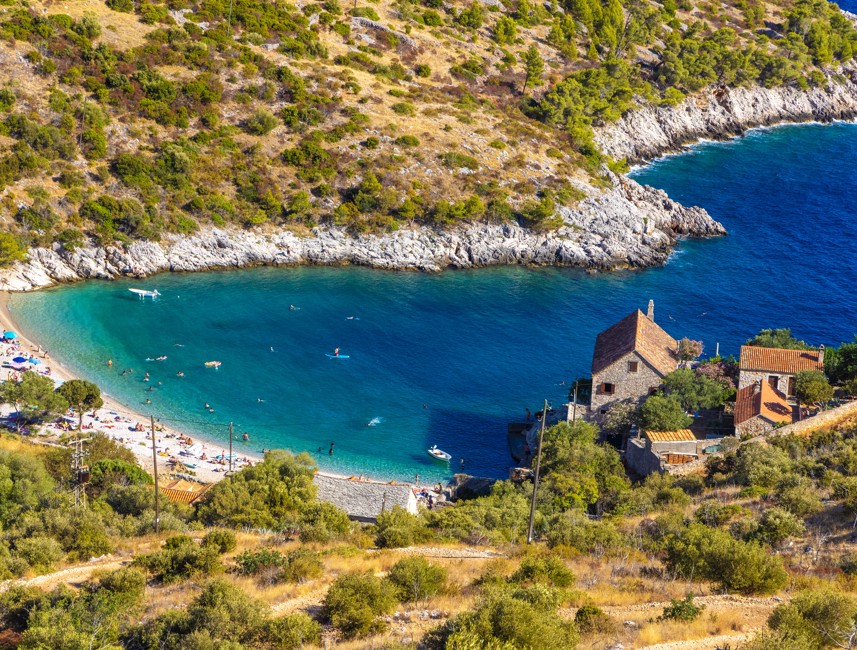
Hvar boasts some of Croatia’s most beautiful beaches, ranging from lively spots with bars, deckchairs and parasols to hidden coves for skinny dipping. The sea is crystal-clear waters and the views are stunning.
Weather
The best time of the year to visit Hvar
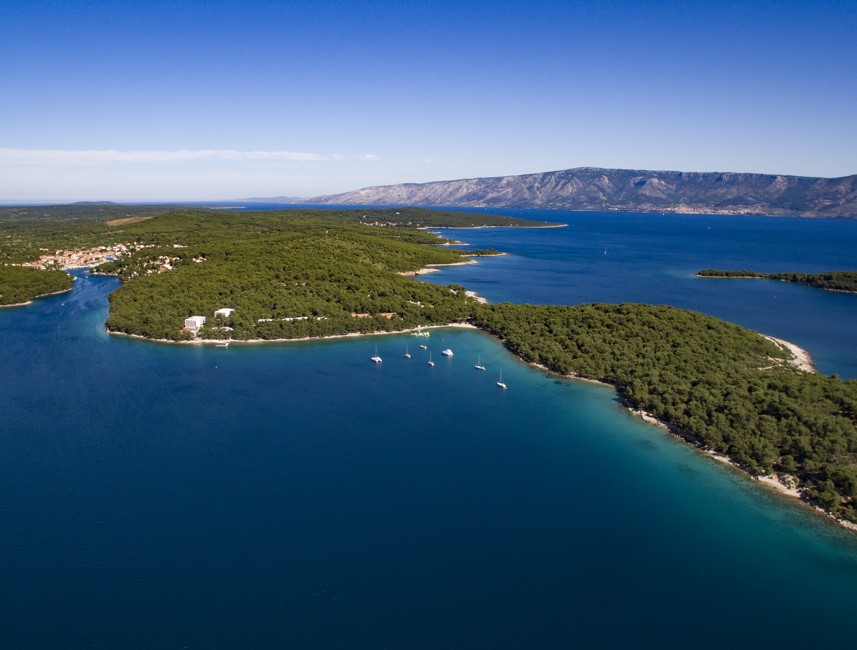
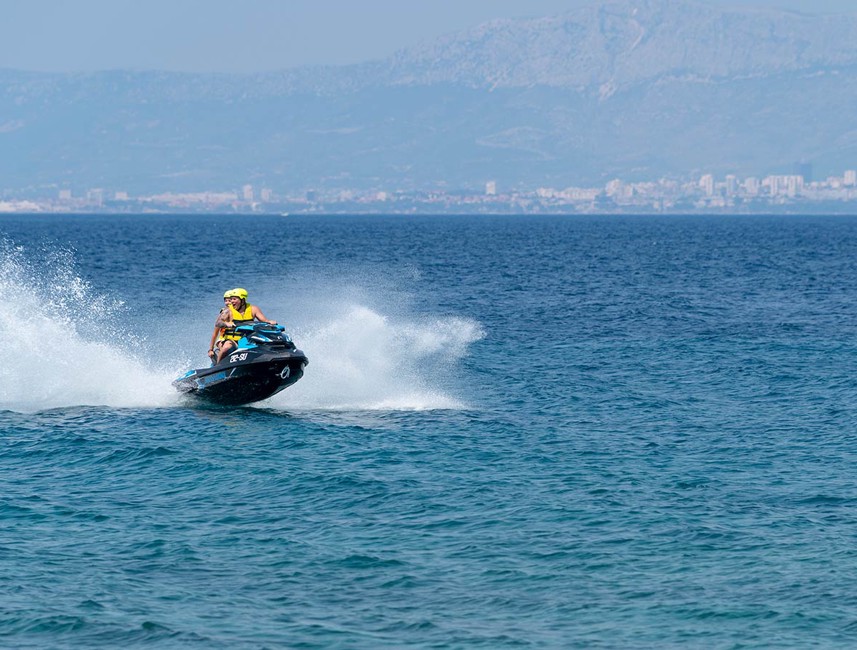

Hvar enjoys a mild Mediterranean climate, with sunny, dry summers and mild, rainy winters. The island holds the record for the most sunny days in Croatia, making it a year-round destination.
The summer season, from June to September, is perfect for swimming and nightlife, with average temperatures around 28°C. Spring and autumn are ideal for exploring the island’s natural beauty and cultural sites.
The warmest month is July, while January is the coolest, with average temperatures around 9°C.
Events
Vibrant events on a lively island.
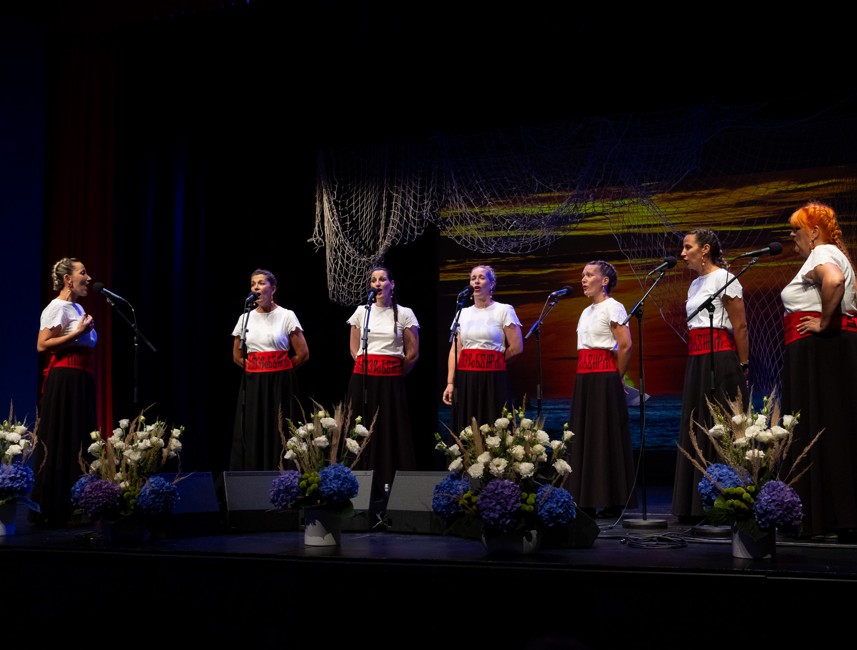
Hvar’s calendar is packed with festivals and events, celebrating everything from food and wine to music and tradition. No matter when you visit, there’s always something happening.
Our accommodation in Hvar

Aminess Younique Senses Resort
Your Perfect Holiday Starts Here